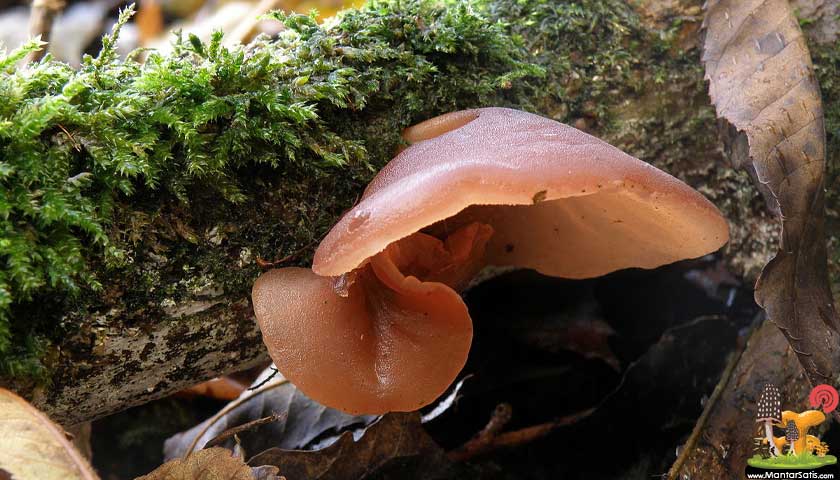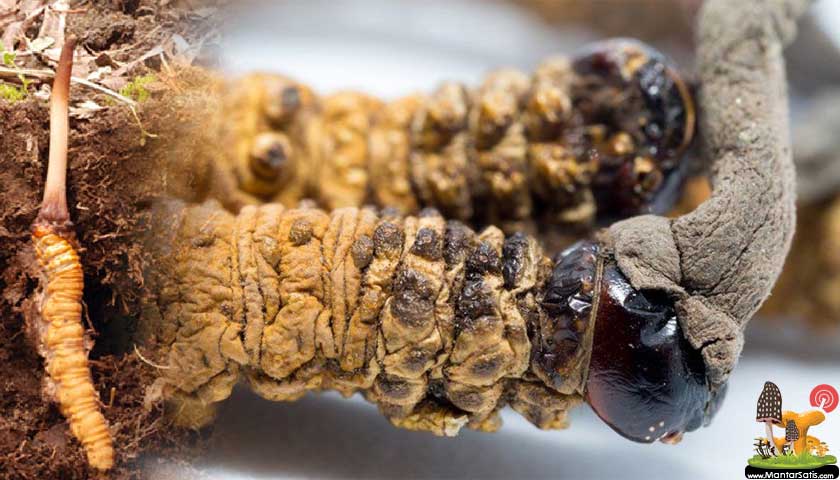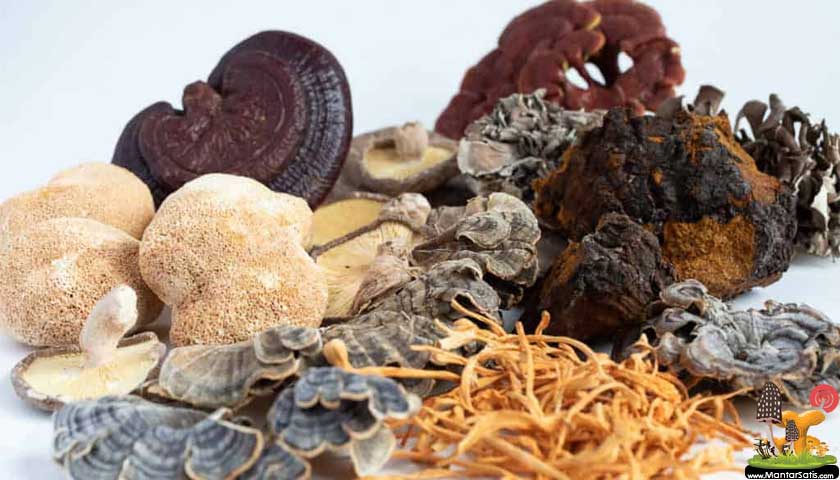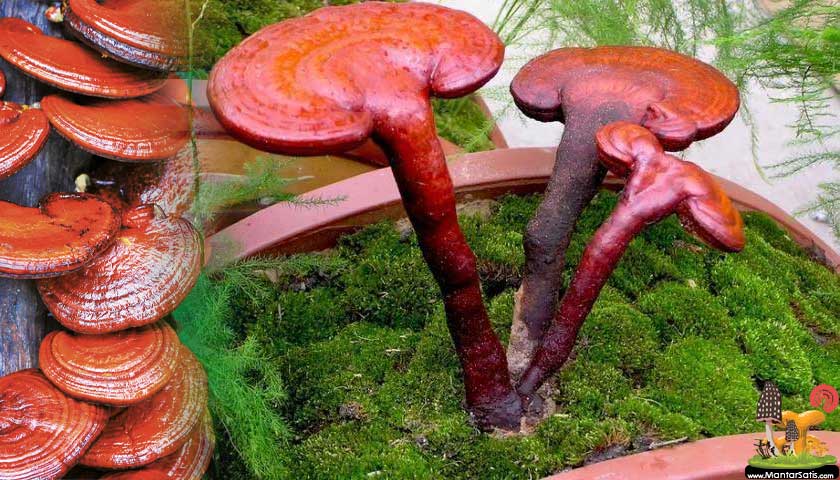Koru kulağı
Auricularia auricular (Wood Ear: Koru Kulağı) güney Çin’in yaprak döken ağaçlı ve kozalaklı ağaçlı sık ormanlarında canlı ağaçlar ya da yıkılmış kütükler üzerinde bulunan bir tür jöle mantardır. Gövdesi geniş bir çanak, bazen de insan kulağı biçiminde, yaklaşık 10 cm çapındadır. Yüzeyi düzgün ve satenimsi parlaktır; açık kahverengi, kahveye benzer renklidir. Yazın ve sonbaharda toplanır.
Tarif: Bir jöle fungus, kulak biçiminde gövde, açık kahverengi, Çin’in yerlisi.
Aktif bileşenler: Polisakkaridler (manan, glukuronik asit ve metil pentoz), lesitin, sefalin, ergosterol, sfingomiyelin.
Kullanımlar
Antioksidan aktivite: beyin ve karaciğer gibi temel organlarda SOD aktivitesini artırır ve beyinde MAO aktivitesini inhibe eder.
Kardiyovasküler sağlık: Kan trombositlerinin agregasyonunu inhibe ederek antikoagülan bir etki gösterir.
Kolesterol düzeyleri: Kolesterol, trigliseritler ve lipitlerin sağlıklı düzeylerde olmasını destekler.
Auricularia auricula-judae
Auricularia auricula-judae, known most commonly as wood ear or black wood ear (alternatively, black fungus, jelly ear, or by a number of other common names), is a species of edible Auriculariales fungus found worldwide. The fruiting body is distinguished by its noticeably ear-like shape and brown colouration; it grows upon wood, especially elder. Its specific epithet is derived from the belief that Judas Iscariot hanged himself from an elder tree; the common name “Judas’s ear” was largely eclipsed by the corruption “Jew’s ear”. Today, “wood ear”, “jelly ear” and other names are sometimes used, and the term “Jew’s ear” is regarded as offensive. The fungus can be found throughout the year in temperate regions worldwide, where it grows upon both dead and living wood.
In the West, A. auricula-judae was used in folk medicine as recently as the 19th century for complaints including sore throats, sore eyes and jaundice, and as an astringent. Although it is not widely consumed in the West, it has long been popular in China, to the extent that Australia exported large volumes to China in the early twentieth century. Today, the fungus is a popular ingredient in many Chinese dishes, such as hot and sour soup, and also used in Chinese medicine. It is also used in Ghana, as a blood tonic. Modern research into possible medical applications has variously concluded that A. auricula-judae has antitumour, hypoglycemic, anticoagulant and cholesterol-lowering properties.
The fruit body of A. auricula-judae is normally 3 to 8 centimetres (1 to 3 inches) across, but can be as much as 12 centimetres (4 1⁄2 inches). It is distinctively shaped, typically being reminiscent of a floppy ear, though the fruit bodies can also be cup-shaped. It is normally attached to the substrate laterally and sometimes by a very short stalk. The species has a tough, gelatinous, elastic texture when fresh, but it dries hard and brittle. The outer surface is a bright reddish-tan-brown with a purplish hint, often covered in tiny, downy hairs of a grey colour. It can be smooth, as is typical of younger specimens, or undulating with folds and wrinkles. The colour becomes darker with age. The inner surface is a lighter grey-brown in colour and smooth. It is sometimes wrinkled, again with folds and wrinkles, and may have “veins”, making it appear even more ear-like.




